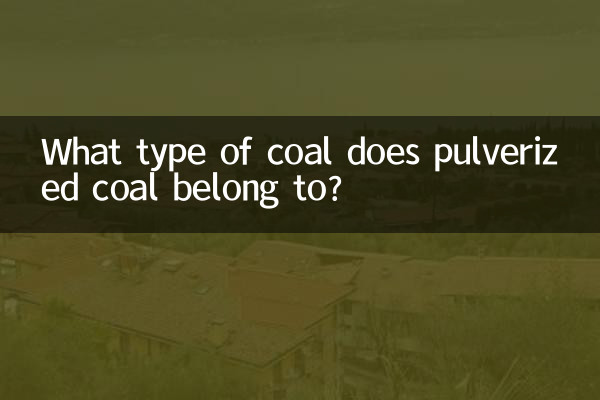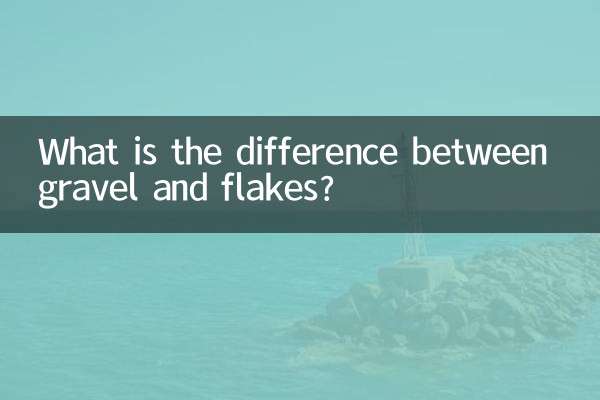What type of coal does pulverized coal belong to?
Recently, discussions on coal classification and its applications have become a hot topic again in the fields of energy and environmental protection. As an important form of coal, pulverized coal has attracted much attention for its classification, characteristics and uses. This article will combine the hot topics on the Internet in the past 10 days to analyze in detail the ownership of pulverized coal and its related data to help readers better understand this form of energy.
1. Definition and classification of pulverized coal

Pulverized coal refers to coal powder whose particle diameter is less than 0.5 mm after crushing and grinding. Depending on the degree of coal deterioration and usage, pulverized coal usually falls into thebituminous coalorlignitecategory. The following are the main classifications of pulverized coal and comparison of their characteristics:
| Classification | Coal type | Volatile matter (%) | Calorific value (MJ/kg) | Main purpose |
|---|---|---|---|---|
| bituminous coal pulverized coal | bituminous coal | 20-40 | 24-30 | Power generation, industrial boilers |
| Lignite powder | lignite | 40-60 | 15-20 | Low calorific value fuels and chemical raw materials |
2. Production and application of pulverized coal
Pulverized coal is mainly produced through coal crushing and grinding processes, and its production process includes raw coal crushing, drying, grinding and sorting. The following are the main application areas of pulverized coal:
| Application areas | Proportion (%) | Technical features |
|---|---|---|
| Thermal power generation | 65 | Efficient combustion, low pollution emissions |
| cement production | 20 | Replace traditional fuels and reduce energy consumption |
| Chemical raw materials | 10 | Used for synthesis gas, coal-to-liquid, etc. |
| Other uses | 5 | Including civil fuel, metallurgy, etc. |
3. Environmental protection and controversy over pulverized coal
Recently, the environmental issues of pulverized coal have become a hot topic. Although pulverized coal has high combustion efficiency, the sulfur dioxide, nitrogen oxides and dust it emits still puts pressure on the environment. The following is comparative data on the environmental performance of pulverized coal:
| pollutants | Emissions (g/GJ) | Emission reduction technology |
|---|---|---|
| Sulfur dioxide (SO₂) | 1.5-3.0 | Wet desulfurization, dry desulfurization |
| Nitrogen oxides (NOₓ) | 0.8-2.0 | Low nitrogen combustion, SCR technology |
| dust | 0.1-0.5 | Electric dust collector, bag dust collector |
4. Future development trends of pulverized coal
With the advancement of the carbon neutrality goal, the clean utilization technology of pulverized coal has become a research focus. Recent hot topics show that technologies such as co-firing of pulverized coal and biomass, and carbon capture and storage (CCUS) have attracted much attention. In the future, pulverized coal may gradually shift toLow carbonizationandHigh added valuedirection development.
To sum up, pulverized coal is mainly bituminous coal or lignite, which has wide applications but significant environmental challenges. Through technological innovation and policy guidance, pulverized coal is expected to play a more sustainable role in the energy transition.

check the details

check the details